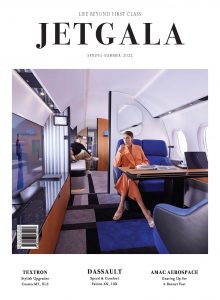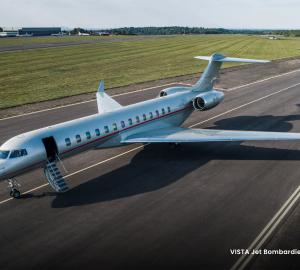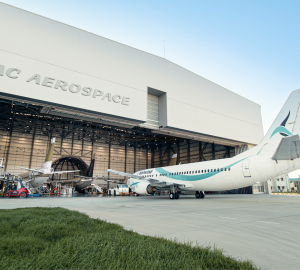FLYING COLOURS
Not content to see customers flying off into the blue, Textron Aviation also intends to make that journey greener
By Tony Watts, Images Courtesy of Textron Aviation
Posted on October 2022
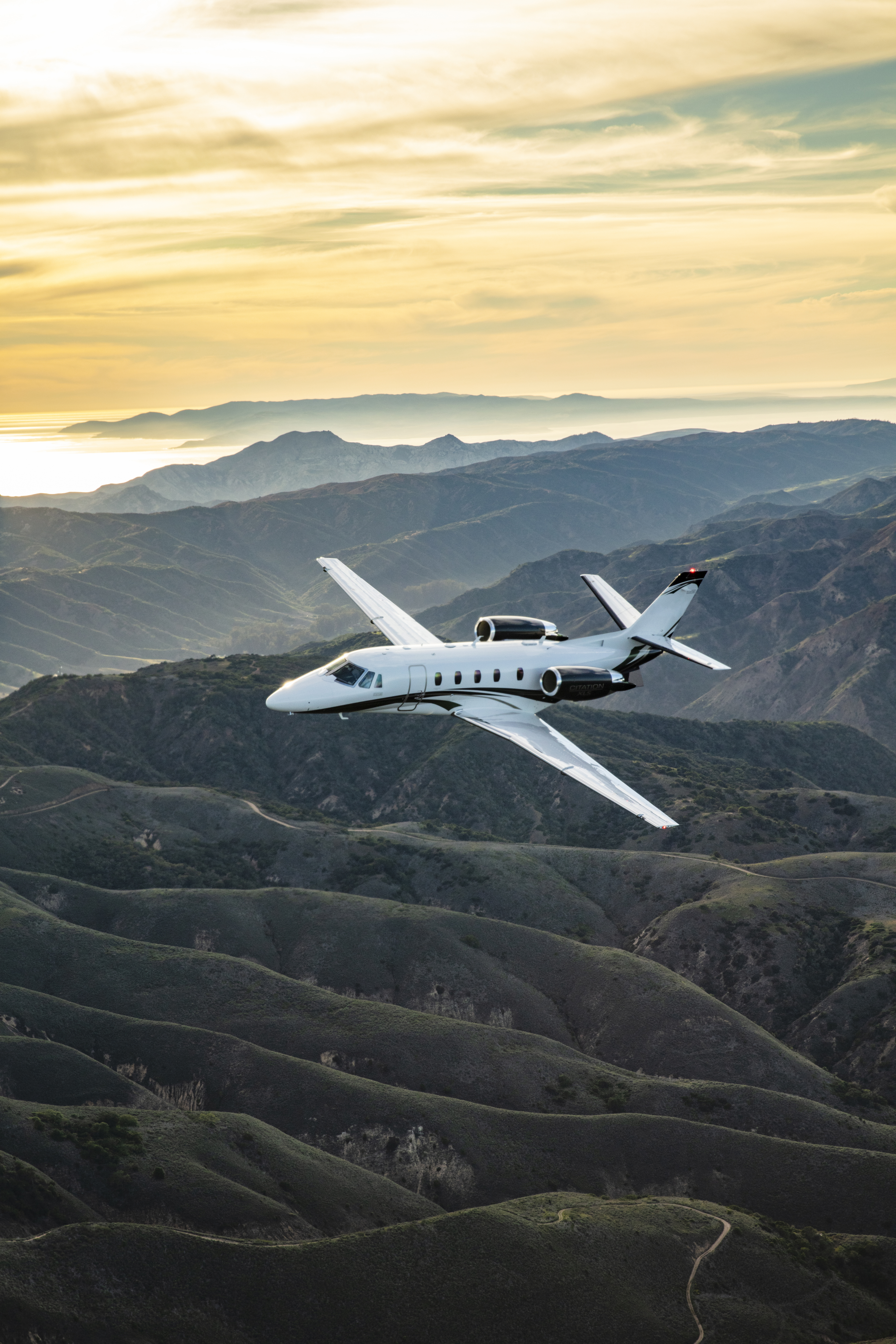
Textron Aviation – manufacturers of Beechcraft and Cessna aircraft – recognises that everyone has a role to play in the stewardship of the world’s natural resources.
In line with the industry goals set by the General Aviation Manufacturers Association and the International Business Aviation Council, Textron aims to reduce its carbon emissions by 50 percent by 2050, create carbon-neutral growth from 2020 and beyond, and increase fuel efficiency by 2 per cent per year between 2020 and 2030.
Some of these goals are already intrinsic to the company’s culture.
Not A New Idea
Improving fuel efficiency, for instance, is not a new idea. More efficient aircraft offer greater range and lower operating costs, which are both metrics that Textron continually improves to stay ahead in a competitive market.
Just one example is the brand-new Beechcraft Denali, which had its initial flight last year. It is the pioneering aircraft to utilise the GE Catalyst turboprop, which is the first clean-sheet turboprop design for more than 50 years, and promises up to 20 percent lower fuel burn and 10 percent higher power compared with similar-sized competitors.
But while reducing fuel burn is a headline task, the commitment to sustainability starts in the manufacturing process. In the short-term Textron has committed to reduce energy use, water use and waste generation respectively by 10 percent by 2025, and carbon emissions by 20 percent in the same timeframe.
The company has entered into a 20-year contract with Kansas-based Evergy, and its New Green Energy Program. The aim is to meet nearly all the energy requirements of our manufacturing facilities in Wichita and Independence utilising wind energy. Kansas is recognised as one of the highest potential states in the US for wind generation, and this agreement will potentially spur more investment in clean energy in Kansas going forward.
Going Beyond Fuel
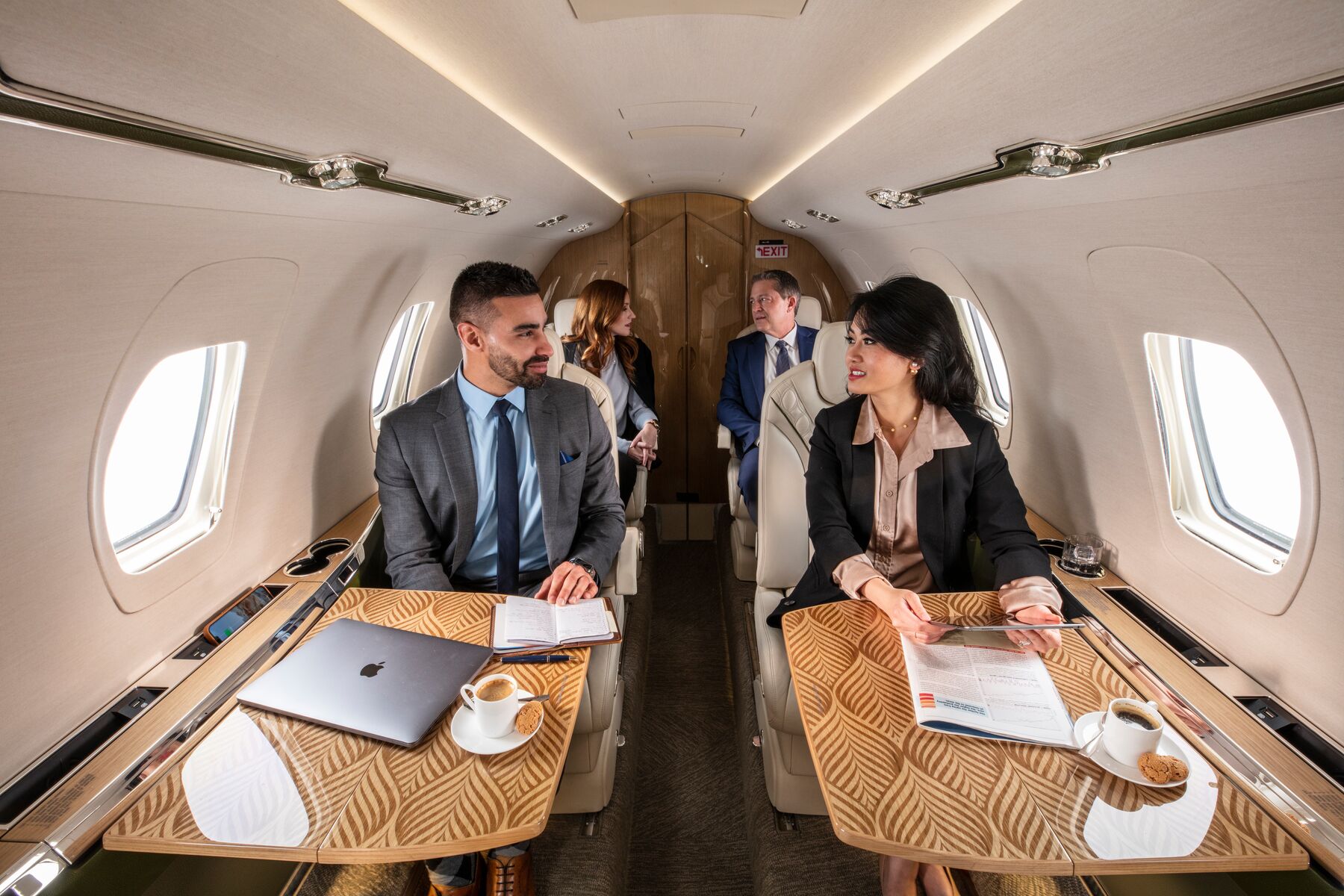
And the quest for sustainability is not just limited to Kansas. All 20 Textron Aviation service centres globally have achieved the National Air Transport Association’s Sustainability Standard for Aviation Businesses certification.
This industry standard is designed to reduce greenhouse gas emissions, increase use of more environmentally friendly energy sources, reduce waste, and encourage sustainability operation-wide.
Textron’s supply chain management will also play a role in reducing the company’s environmental impact. Materials used throughout aircraft cabins include textiles, carpets, and wood veneers that were selected not just for beauty and durability, but also for their sustainability. Textron strives to source wood veneers from properly managed forests, and to leverage surplus inventory in order to reduce its footprint.
A robust recycling programme repurposes scrap metal and composite materials discarded during the manufacturing process, and landing gear, avionics and electronics are all recyclable or able to be repurposed.
Sourcing long-lifespan biodegradable materials and instituting clean manufacturing processes also contributes to more sustainable operation. Aviation-grade leather, for instance, meets tough durability requirements, and stringent flammability and fire-retardancy standards, but is also selected for its light weight, for long-term benefits in fuel efficiency.
Leveraging on Expertise
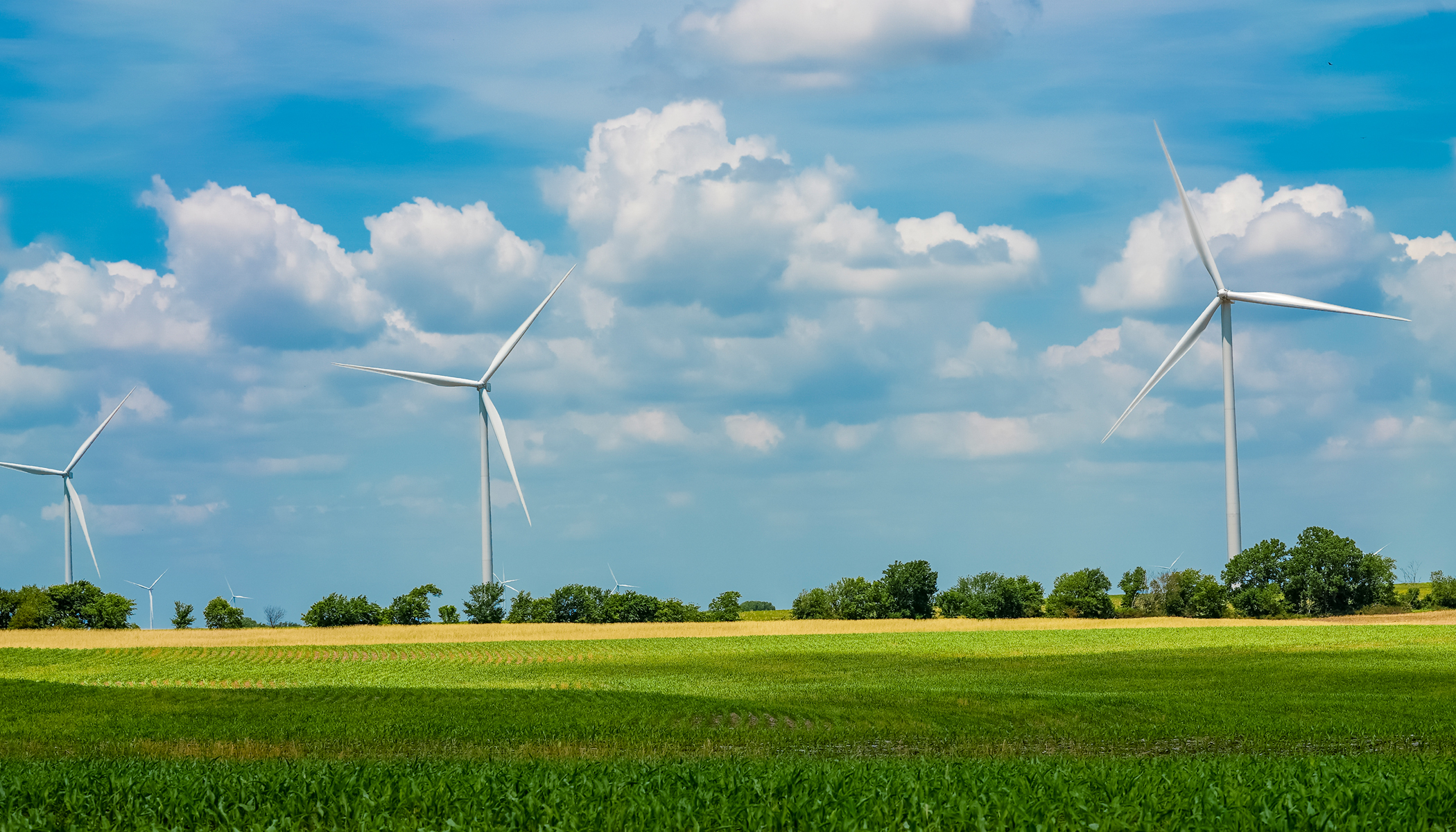
Sustainability is not just reducing the amount of fuel that is used – where the fuel comes from also makes a difference. All Textron Aviation turbine aircraft can operate using Sustainable Aviation Fuel (SAF), which reduces greenhouse gas emissions by as much as 80 percent.
SAF is manufactured from renewable waste and residue raw materials and without fossil fuel inputs. It is also a big business that is bound to grow – an estimated 100 million litres were manufactured last year, and there are 14 billion litres in forward contracts with commercial airlines.
Since 2020, all new Beechcraft turboprop, Cessna turboprop, and Citation jet aircraft customers have been offered SAF in the tank on delivery of the aircraft.
And what of a world where aircraft fly without any fuel in the tanks at all? Textron formed its new eAviation unit last year, with the aim of leveraging Textron’s expertise in aerospace and defence to explore emerging technologies in civil aviation.
Is the Future Electric?
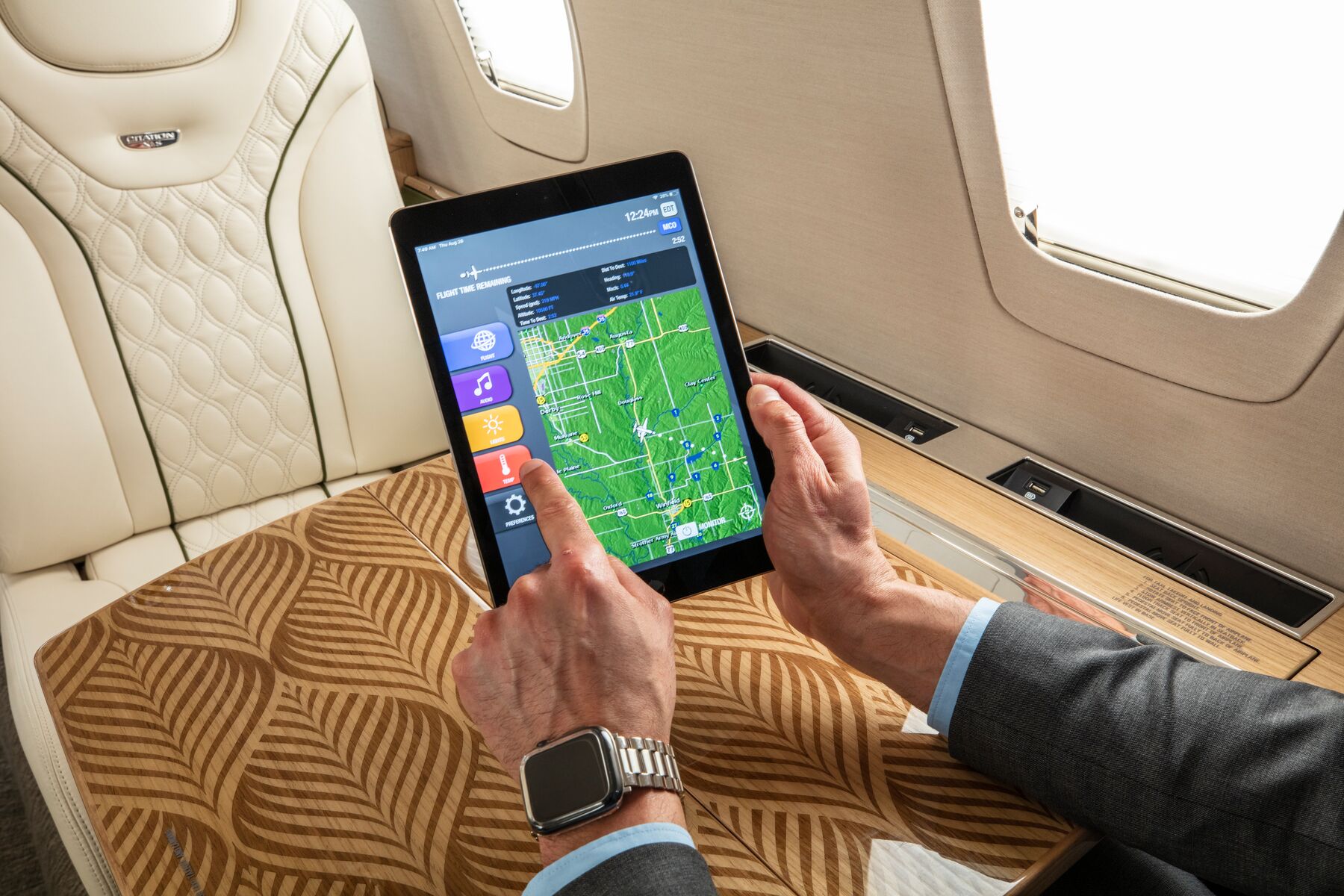
One step in that direction was taken with the acquisition of Pipistrel, an award-winning pioneer in electrically-powered aircraft, and manufacturer of the Velis Electro. The Velis Electro is a two-seater designed primarily for pilot training, and the world’s first electric powered aircraft to receive full type certification from the European Union Aviation Safety Agency.
With noise levels of only 60 dBa, Velis Electro is considerably quieter than other aircraft, and thanks to the low noise, flight training can be done much closer to urban areas without adversely affecting communities’ quality of life. And its dramatically reduced number of moving parts decreases maintenance costs.
Is the future of aviation electric? The Velis Electro indicates that for smaller aircraft, at least, that may be the case, and Textron’s eAviation unit will continue to explore the possibilities.
It is just a part of Textron’s commitment for long-term sustainability in aviation.
